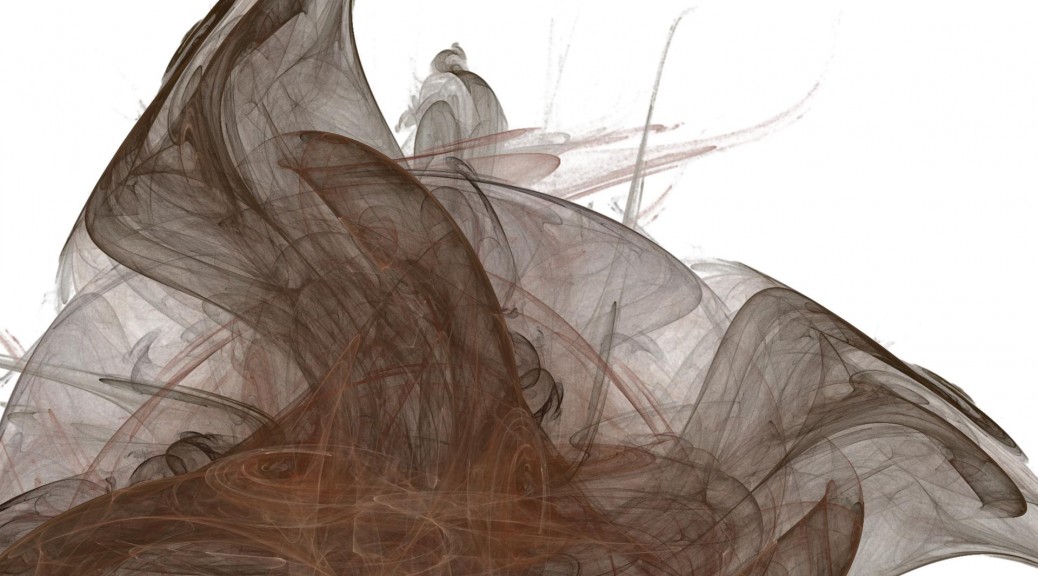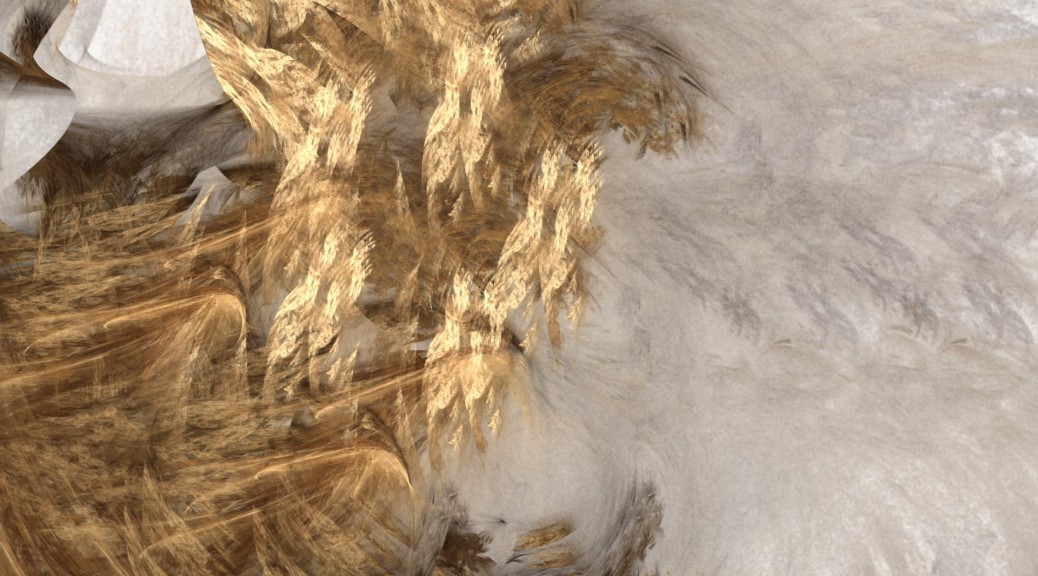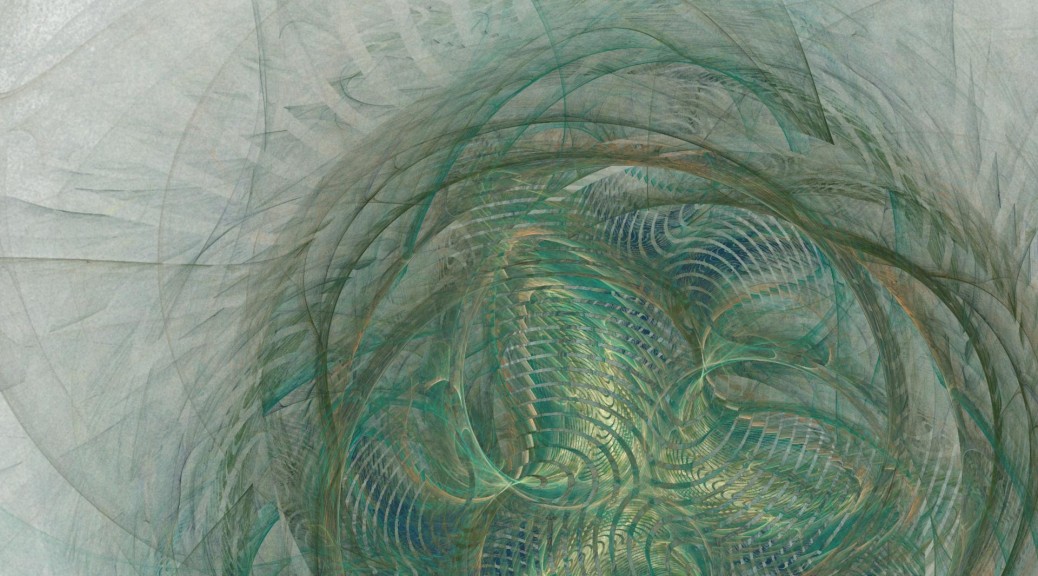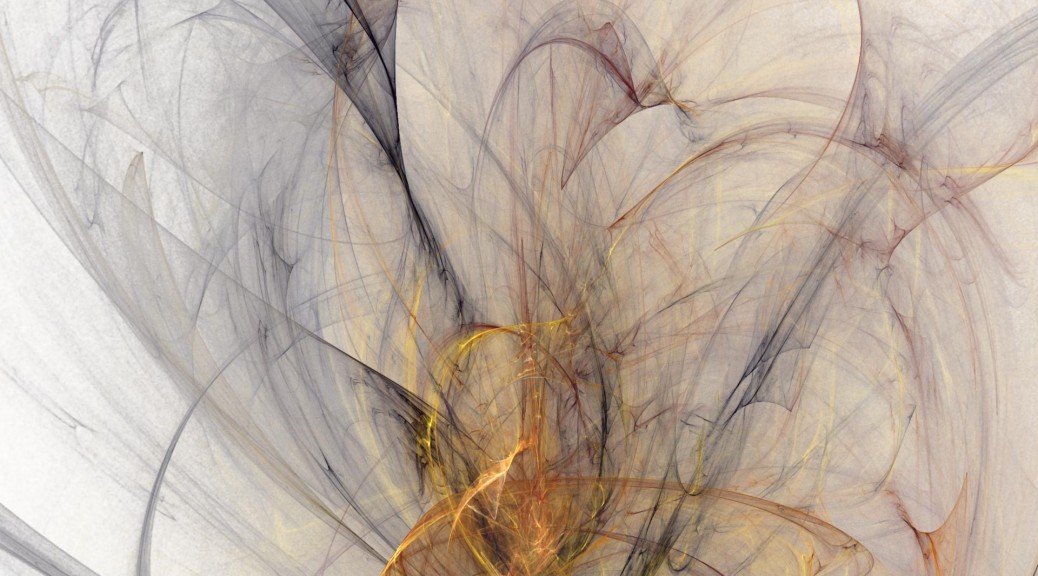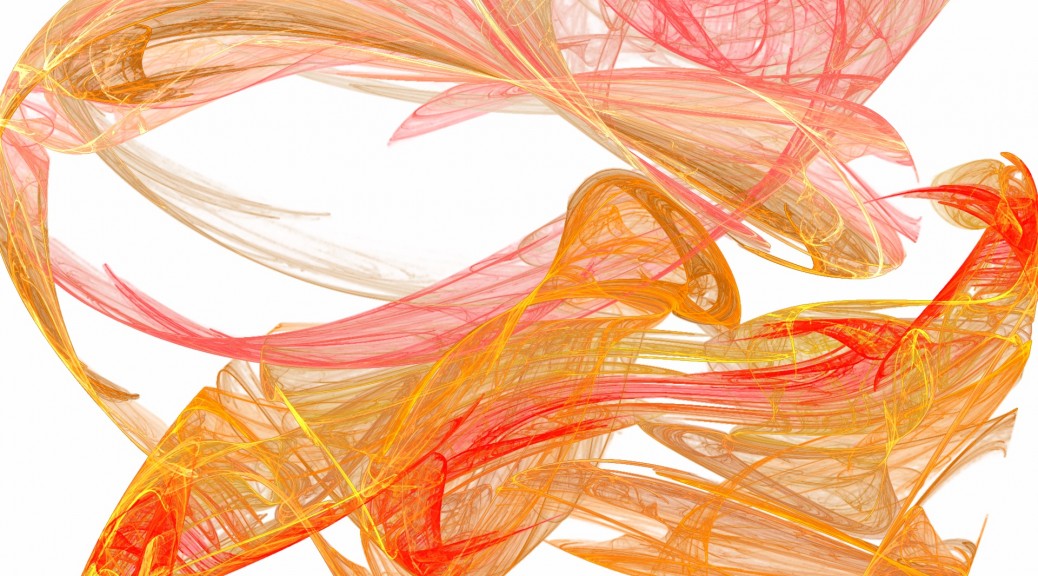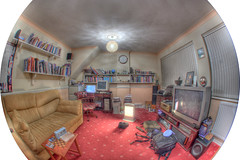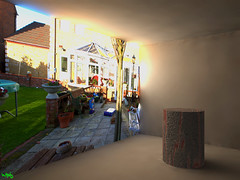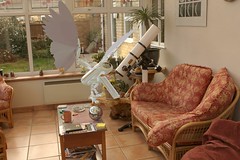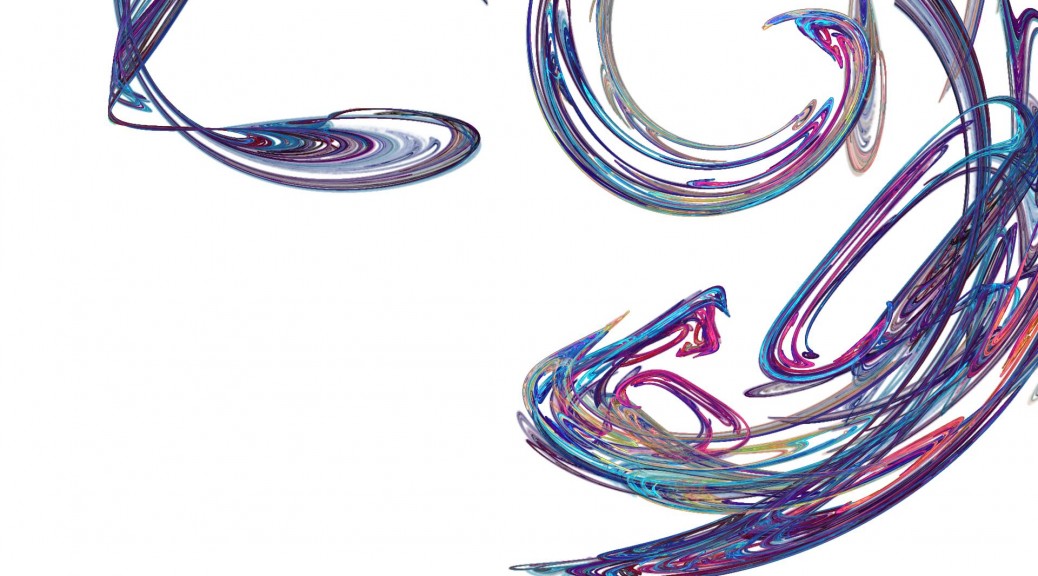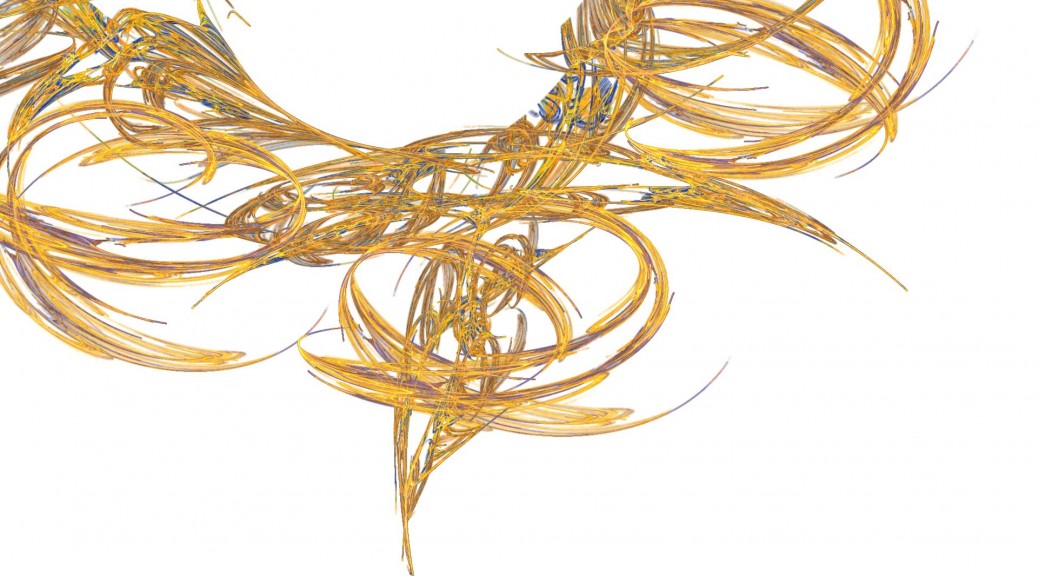Cross-eye stereogram animation of a fly through of a model I built and otherwise never used. The title is from the Ian M. Banks novel The Algebraist, though I never managed to get the model nearly big enough to look like a snowflake, this was going to be just the very centre of the house. I’m not particularily proud of the music I wrote for it, but it’s better with it than without; I think it gives a sort of H. P. Lovecraft feel to the thing.
All posts by Bill
flame-0004
flame-0019
flame-0017
flame-0031
flame-0226
flame-0128
Photos
I keep all my photos on flickr. This is a slideshow of my most popular photos and images. I’ve used a few of them for this site. I started photography because I wanted to learn more about composition for my Pov-Ray pictures, but I got the bug and now enjoy photography for its own sake. I became very interested in Macro photography, and later in HDRI and other image processing techniques.
Passacaglia
I make no promises to actually finish this piece, for the moment it’s just an interesting exercise.
A Passacaglia is a repeating bass line that gets different treatment every time it repeats. So it becomes an exercise in “how many different ways can I harmonise this bass?” The bass I’ve chosen is a very old (actually renaissance) tune called L’homme armé (The Armed Man). The actual notes I’m using are just a part of the original tune:

It’s not a very interesting tune to modern ears, but I’ve been working on this for a couple of months now, and I’m only just starting to realize the possibilities. First off, here’s a harmonisation “as is” in the Dorian Mode on C (two flats.)
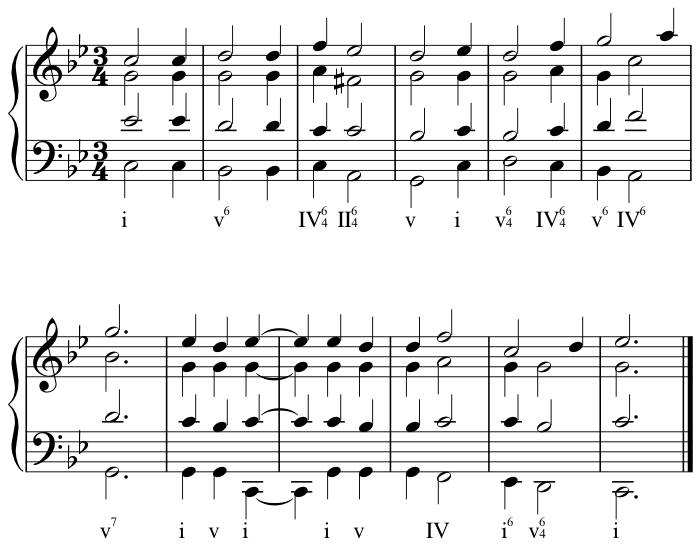
Remember that these are just harmonic sketches, not finished music. To give you a taste of what can be done with it, here’s a section that is pretty much completely worked. It’s the same bass (exactly the same notes) but the harmony is in F, and the rhythm is 2/4 with triplets. At the moment I think it might form the finale, but plans can change:
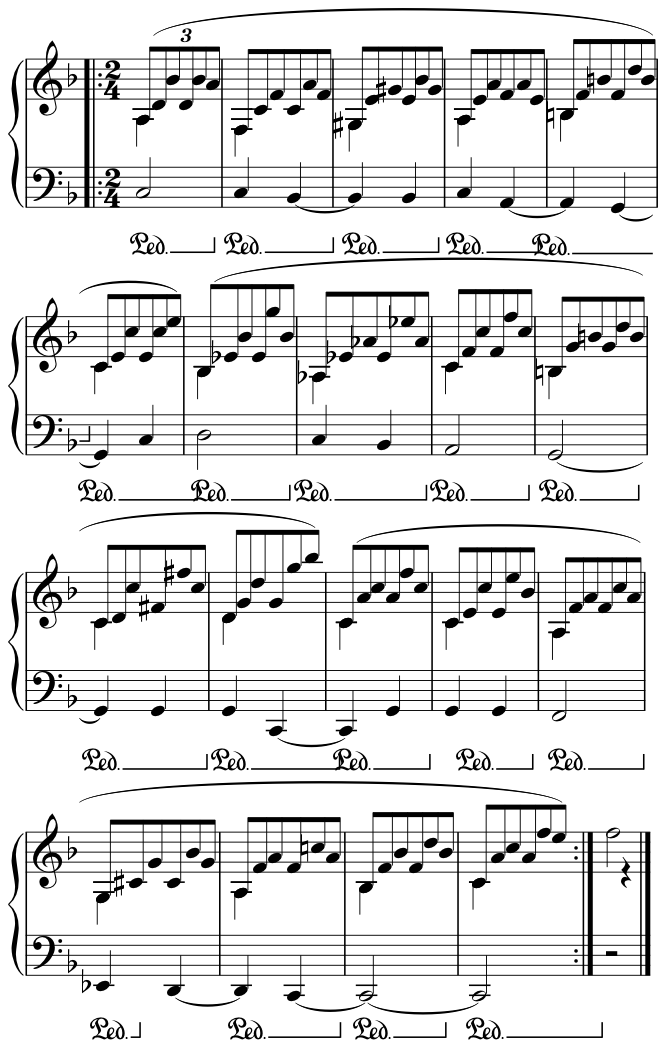
Update
This eventually became variations on a ground:
Get Another Round In
This is a cheat, since I’d already finished this piece, but I didn’t want to fill up the Practical Music section with an explaination of it, so I’ve moved that discussion here.
Get Another Round In
is a strict canon 8 in 2 at the minor 3rd.
What that means is:
- canon
- A canon is a piece where voices enter one after another with the same tune. Simple examples would be “London’s Burning” or “Row, row, row your boat” however those pieces are really just rounds, because all the voices are at the same pitch. In a Canon the voices may and usually do start on different pitches.
- strict
- A strict canon is where each voice sings precisely the same tune, so if they start on different notes they must be in different keys.
- 8 in 2
- This means eight voices singing two different tunes, four voices to each tune.
- at the minor 3rd
- Each pair of voices enters a minor third above, or as in this case a major sixth below, the previous pair.
So how do you write such a thing? Well I’m not very good at counterpoint, so I took a simpler approach:
- Write a two-bar chord progression that modulates up a minor third.
- Transpose that progression up a minor third and append it to the first.
- repeat another 2 times. Now you have a progression that, if it started in C, would modulate to E flat, then to F sharp, then to A flat and finally back to C.
- Write a tune over the whole of that eight-bar sequence.
- Write a second tune over the whole of that sequence, but starting one bar in.
- Now if both those tunes start in C, then if you transpose them up a minor third (or down a major 6th) they will both start in E flat and will match the whole of the progression, but starting two bars in.
- So shift the transposed tunes right two bars and repeat (transposing and shifting) another two times.
- That means you have eight voices, all entering at different times, all harmonizing with one another, and each pair of voices starting in a different key. Pretty neat eh?
Here’s a picture to illustrate:
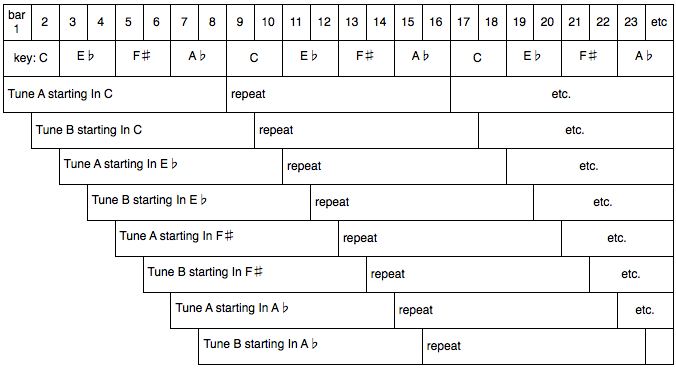
What may confuse you when listening:
- Tune A is played all the way through once on its own at the start.
- Tunes A and B are quite similar, they both start with the same phrase.
- The original eight-bar harmonic sequence is played at the end on piano as an accompaniment.
